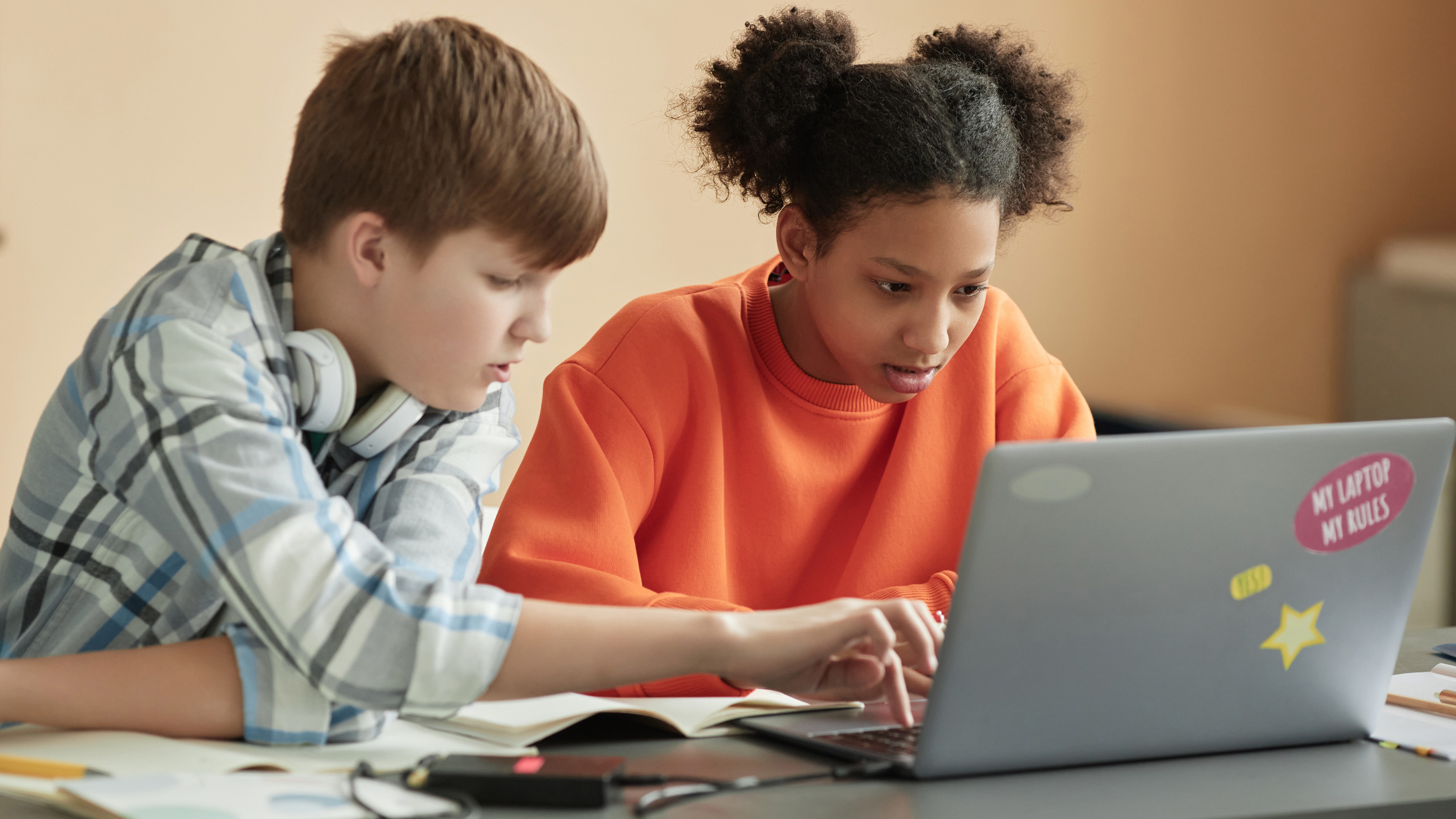Empowering Aussie Students: How Tech-Rich Project-Based Learning is Transforming Education

Project-based learning (PBL) is gaining serious traction in Australian classrooms, and for good reason. It’s a fantastic way to engage students, foster critical thinking, and prepare them for the real world. But what if we could take PBL to the next level? The answer lies in strategically integrating technology. Forget passive learning – we’re talking about empowering students to own their learning journey through tech-infused projects.
Why Tech and PBL are a Winning Combination
Traditionally, PBL often involved research, presentations, and physical models. While these are valuable, integrating technology unlocks a whole new world of possibilities. Think about it: students can create interactive presentations, build websites, design apps, produce videos, analyse data, collaborate online, and so much more. This isn't just about using technology for the sake of it; it’s about leveraging its power to deepen understanding and enhance expression.
Giving Students Agency: The Key Benefit
The core of PBL is student agency – the ability to make choices and take ownership of their learning. Technology amplifies this. When students can choose from a range of tools and platforms to demonstrate their knowledge, they become more invested in the process. A student passionate about graphic design might choose to create an infographic, while a budding filmmaker might opt for a short documentary. This flexibility caters to different learning styles and interests, making learning more relevant and enjoyable.
Practical Examples in the Aussie Classroom
- Year 5 Geography: Students research a local environmental issue and create an interactive map using Google Maps, incorporating photos, videos, and data visualizations.
- Year 9 History: Students investigate a significant historical event and produce a podcast series, conducting interviews, writing scripts, and editing audio.
- Year 11 Biology: Students design a prototype solution to a real-world biological problem, using CAD software and 3D printing to create a physical model.
Challenges and Considerations
Of course, integrating technology into PBL isn't without its challenges. Schools need to ensure equitable access to devices and reliable internet. Teachers require professional development to effectively guide students in using technology for learning. Digital literacy skills – not just knowing *how* to use a tool, but also evaluating online information and understanding digital citizenship – are also crucial.
Looking Ahead: The Future of Learning
The future of Australian education is undoubtedly tech-rich. By embracing technology within the framework of PBL, we can empower students to become creative problem-solvers, critical thinkers, and lifelong learners, well-equipped to thrive in a rapidly changing world. It’s not just about using the latest gadgets; it’s about creating meaningful learning experiences that resonate with students and prepare them for the challenges and opportunities that lie ahead. Let's ditch the textbook-centric approach and embrace the power of technology to unlock the full potential of every Aussie student.
Ready to transform your classroom? Explore resources and support for implementing tech-rich PBL today!






